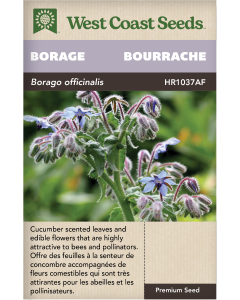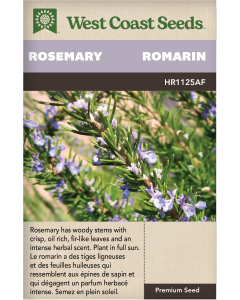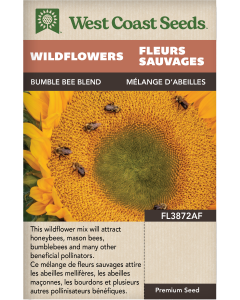Soyez le premier à commenter ce produit
En rupture de stock
SKU
AS106A
PRODUCT DETAILS
UC157 F2 asparagus seeds are outstanding for mild climate areas. This variety has earlier production and heavier total yields than some of the older commercial varieties. Three to five dark green spears are produced from each mature crown. The spears are 1.5 to 2cm (1/2 to 3/4") in diameter, with light bracts. It has moderate tolerance to fusarium root rot. Growing asparagus from seeds is an exercise in patience, but well worth the effort because garden fresh asparagus contains a natural sweetness and depth of flavor that is incomparable.
- 3 to 5 spears from each crown
- Dark green spears
- Moderate tolerance to fusarium
- F2 hybrid seeds
- Earlier production and heavier yields
All About UC157 F2
Latin:
Asparagus officinalis. Family: AsparagaceaeDifficulty:
Moderately difficult. Requires patience!Season:
Cool season. Exposure: Full-sun. Zone: Hardy to Zone 2Timing:
Start seeds indoors during winter through spring under bright lights. There will be no harvest from these long-lived perennials until 3 years after transplanting, so be patient. Soil temperature for germination: 21–30ºC (70–85ºF).Starting:
Soak seeds for 2 hours. Plant 1 seed per 5cm (2″) pot, 1cm (½”) deep. Keep in a warm place. Be patient: they can take 2-8 weeks to sprout depending on soil temperature.Growing:
Transplant when seedlings are 10-12 weeks old and danger of frost has passed. Space 45cm (18″) apart in rows 1-2m (3-6′) apart. Transplant each plant in a hole 10cm (4"") deep and gradually cover the crown with soil as it grows. For thicker spears, space 30-35cm (12-14″) apart and set buds 15-20cm (6-8″) in the hole. For thinner spears, space 20-25cm (8-10″) with the buds 10cm (4″) deep. Fertilize after harvest and again in the spring with 1-2 cups of complete organic fertilizer per 3m (10′) of row, worked in lightly. Asparagus needs 2cm (1″) of water per week. In late fall, trim ferns down to 5cm (2″) and dispose of cuttings to avoid future disease and insect problems.Harvest:
It’s important to not harvest until the third year so that plants can become established and strong. Then harvest over a 2-3 week period. Cut the fattest spears off at ground level when they are 15-20cm (6-10″) long. When thinner spears begin to emerge let them to grow into big fronds to nourish the roots. With each successive year the harvest lengthens to a maximum of 6-8 weeks. Store in the refrigerator wrapped in a damp paper towel.Seed Info:
In optimum conditions at least 75% of seeds should germinate. Usual seed life: 2 years.Diseases & Pests:
Rust, fusarium wilt, and fusarium stem and crown rot can all be problems. Using seed started in sterile soil instead of purchased plants, and planting in soil that has no history of disease will keep asparagus plants healthy. Asparagus beetles can defoliate the ferns of the asparagus plant. They overwinter in the top growth, so thorough removal of the fronds in the fall (after they have died) is vital. In a small garden, simply hand-pick the voracious insects. Encouraging beneficials like ladybugs reduces aphids. Aphids are usually found together on growing tips (look for the sooty blotches they leave behind).Companion Planting:
Companion planting is a cornerstone of organic gardening. Carefully choose companions to reduce your need for pesticides. Plant asparagus seeds or crowns with asters, basil, cilantro, dill, cilantro, marigolds, nasturtiums, oregano, parsley, peppers, sage, and thyme. Asparagus repels nematodes that attack tomatoes, and tomatoes repel asparagus beetles. We have a full list of companions to consider.
| Marque | West Coast Seeds |
|---|---|
| Numéro de Pièce du Fabricant | AS106A |
| UPC | 687704004550 |
| Famille | Asperges |
| Jours avant la maturité | 1095 |
| Certifié biologique | Non |
| Héritage | Non |
| Pollinisation Libre | Oui |
| Hybride | Non |
| Options d’Emballage | Pack A |
| Langue du paquet | Anglais |
| Type de Expédition | Graines |
Customer Questions
Avis des clients















Login and Registration Form